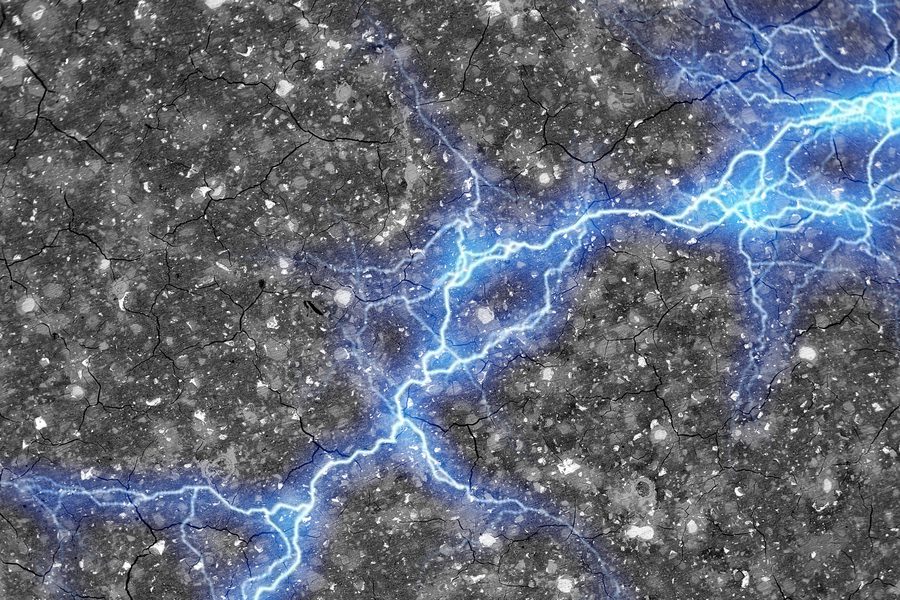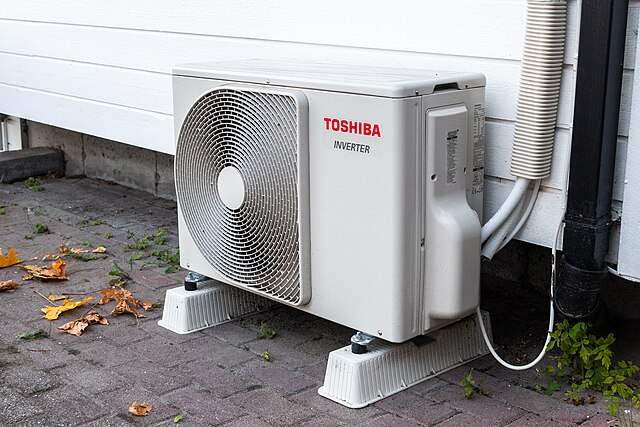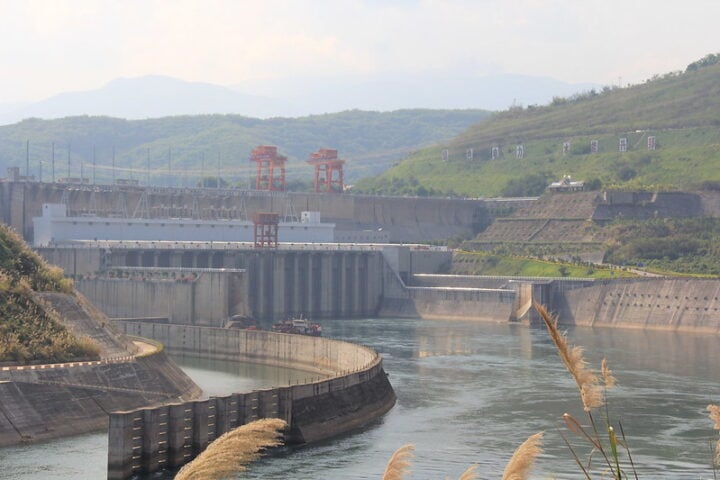Researchers from the Massachusetts Institute of Technology (MIT) and the Wyss Institute have an exciting new development in energy storage systems by creating an innovative supercapacitor. This system, crafted from a blend of cement and carbon black, an ancient type of ink, exhibits immense potential to enhance renewable energy operations and accelerate the global shift towards cleaner, more sustainable energy.
The supercapacitor’s competitive edge lies in its affordability and straightforward production process that requires only water, making it a viable alternative in the energy storage landscape. This technology plays a vital role in stabilizing power networks. This technology becomes especially instrumental for increasing reliance on fluctuating renewable energy sources such as solar, wind, and tidal power.
The research team envisions a future where this innovative technology is embedded into the concrete foundations of homes, providing a novel way to store and deliver energy for an entire day. Cement’s role in this technology signifies a promising pathway for large-scale energy storage applications, potentially transforming the future of concrete and its integral role in the world’s energy transition narrative.
Further highlighting its versatility, this unique concrete mixture can be tailored for other uses, such as powering heating systems, thereby extending its application scope. The advent of these cement supercapacitors signifies a remarkable leap in the field of energy storage with potentially far-reaching impacts.
This innovation symbolizes the power of interdisciplinary collaboration between civil, environmental, and mechanical engineering. It also exemplifies versatility with its potential use as a heating system in addition to its energy storage capacity. Furthermore, the cost-effectiveness of the materials and environmentally friendly production process could address energy poverty issues in remote and underserved areas.
Similar Post
The potential to use supercapacitor-laced concrete in roads to charge electric vehicles represents a massive stride towards an electric future, as electric vehicle adoption rises. The important role of concrete in sustainable energy solutions is underscored by the research support provided by the MIT Concrete Sustainability Hub and the Concrete Advancement Foundation.
“You can go from 1-millimeter-thick electrodes to 1-meter-thick electrodes, and by doing so basically you can scale the energy storage capacity from lighting an LED for a few seconds, to powering a whole house”
Although still in its nascent stage, this technology’s various potential applications mark it as a game-changer in the energy storage industry. The adaptability of this concrete supercapacitor technology is demonstrated by the balance achieved between rapid energy discharge for vehicle charging and slower, sustained energy release for home power needs. This highlights its transformative potential in the field of energy storage and sustainable solutions.


















